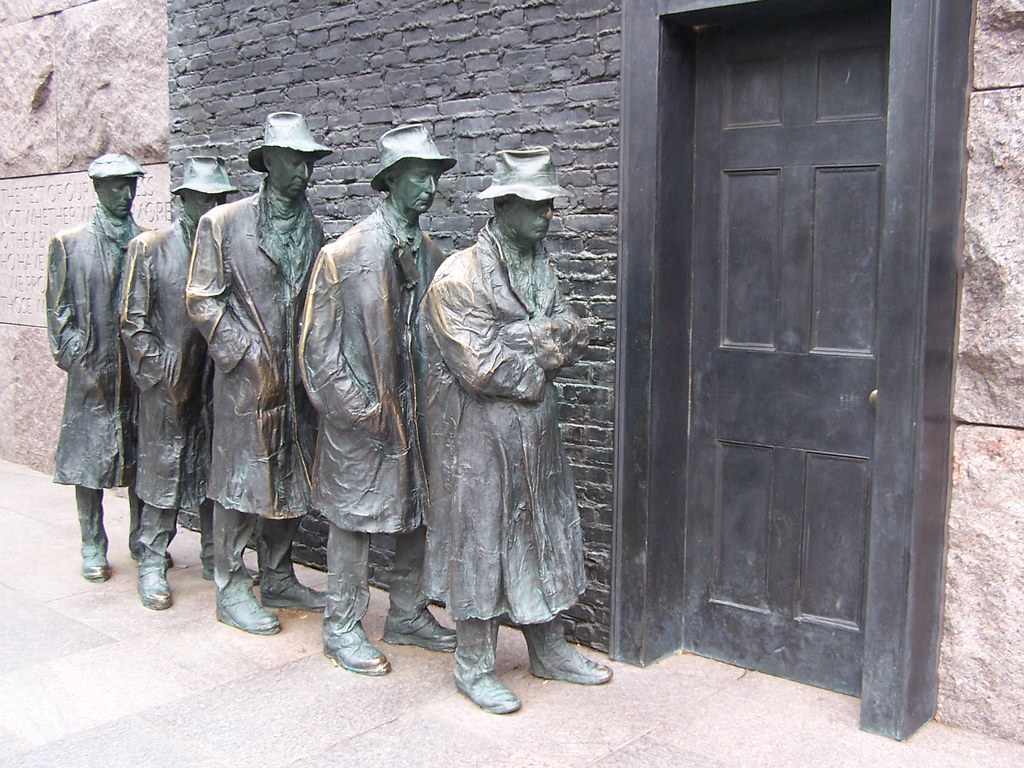The Great Depression turned into the worst monetary downturn in history. It started out after the stock market crash of 1929, which sent Wall Street into a panic and wiped out millions of traders. But the consequences of the Depression went way beyond Wall Street, inflicting huge unemployment, significant poverty, and financial calamity around the globe.
While the inventory market crash is frequently mentioned as the beginning of the Great Depression, it wasn’t the sole purpose for this monetary cataclysm. Rather, the Depression became possibly resulting from the combined consequences of some of key factors.
Overproduction and Underconsumption: In the years leading up to the Depression, U.S. Manufacturing industries were generating too many goods to be eaten up by way of the public. This overcapacity caused plunging fees and lower wages as manufacturers slashed costs. At the same time, wealth inequality changed into growing, leaving many Americans not able to afford purchaser items and offerings. These imbalances between production and intake set the level for a monetary contraction.
Stock Market Overvaluation and Excessive Speculation: In the late 1920s, the U.S. Stock market experienced an asset bubble as investors poured cash into overpriced company shares and invested wildly in rapidly developing new industries like aviation and radio. When stock costs sooner or later peaked in 1929, panic selling prompted the marketplace to crash, wiping out billions in wealth.
Overexpansion of Credit: Easy availability of credit score in the Twenties encouraged many Americans to go into debt to buy customer items and spend money on monetary markets. As the Depression started, borrowers had been not able to pay back loans, inflicting bank ruins and disasters.
Global Economic Condition: The U.S. Financial system didn’t perform in a vacuum inside the 1920s. Economic woes in Europe from the financial burdens of World War I, in addition to an international agricultural droop, created recessions that impacted American trade.
While those major factors sparked the initial momentary downturn, a mix of coverage state of no activity and failed recoveries precipitated the Depression to persist for nearly a decade. It took the large business manufacturing demanded at some stage in World War II to finally stop the Great Depression.

